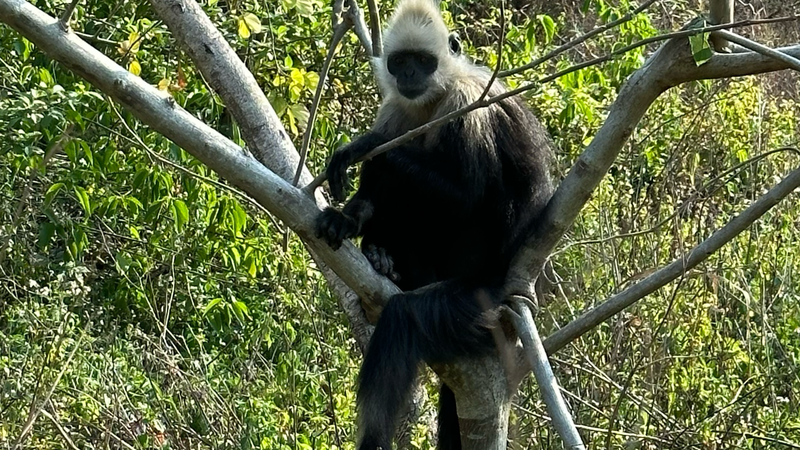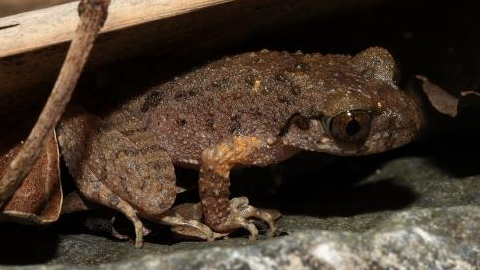High on the limestone cliffs of Guangxi’s Chongzuo reserve in southern China, yellowish-brown stains outline the nightly roosts of the white-headed langur. Far from mere waste, these droppings have become an invaluable conservation tool.
Each morning, researchers scour the cliffs, guided by these telltale marks. By sequencing the genes within the feces, scientists build a snapshot of the langur’s gut microbiota, revealing how diet and habitat stressors shape their health.
But the story doesn’t end there. Fecal cortisol—the hormone of stress—can be quantified in the same samples. Elevated levels act as an alarm bell, signaling when human activity may be pushing these primates toward chronic stress.
Human footsteps near fragile habitats can drive up cortisol, warns Zhou Chunfang of Guangxi Normal University. “Chronic stress leads to more skin scratching and wounds, opening the door to infections that threaten population stability,” she explains.
Armed with this data, conservationists can design better buffer zones around tourist trails, striking a balance between public access and primate well-being. Early results are promising: since the 1980s, when fewer than 300 individuals remained, targeted strategies have helped the population rebound to over 1,400.
This story highlights a powerful lesson for young global citizens and changemakers: even monkey droppings hold clues that save endangered species. By blending fieldwork with genomics and hormone analysis, researchers are writing a new chapter for one of the world’s rarest monkeys.
As science-led conservation continues, the white-headed langur’s future looks brighter—proof that data and dedication can turn waste into hope.
Reference(s):
White-headed langurs: Why their poop is key to their survival
cgtn.com



